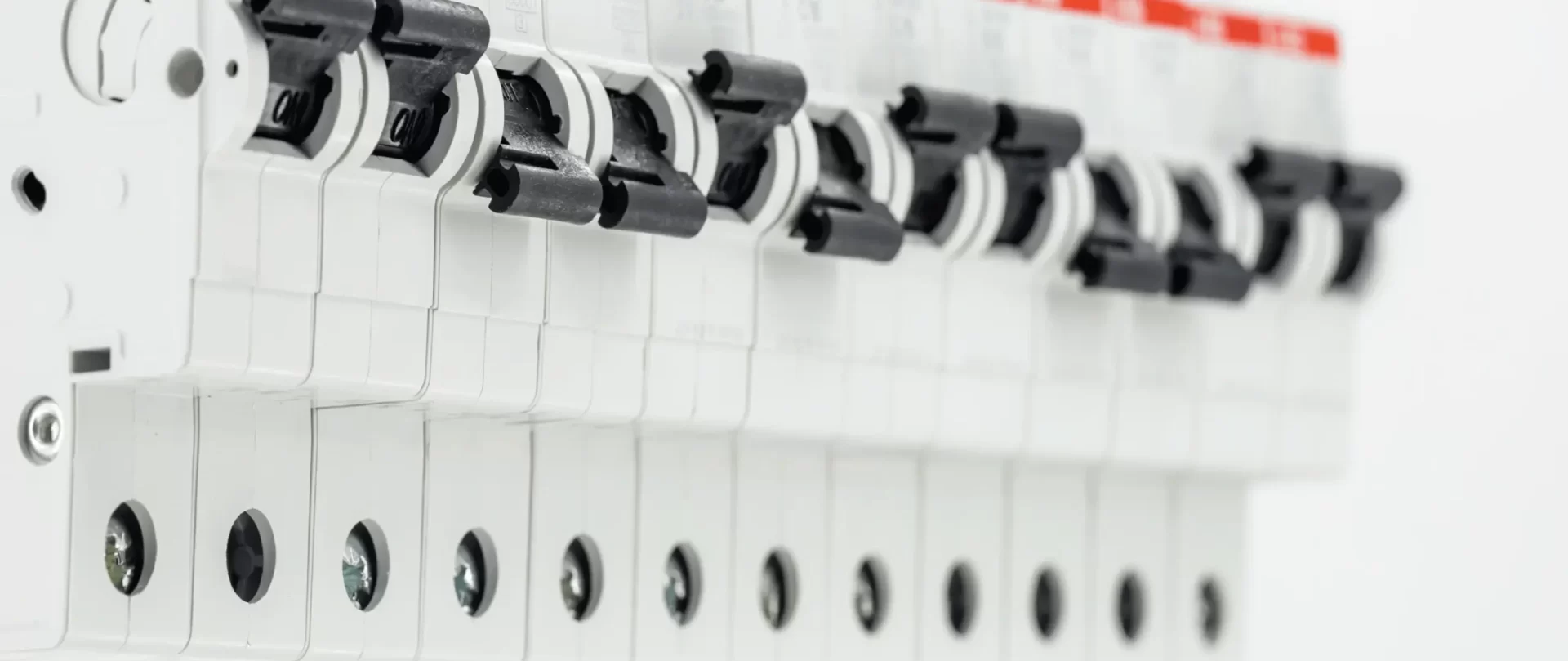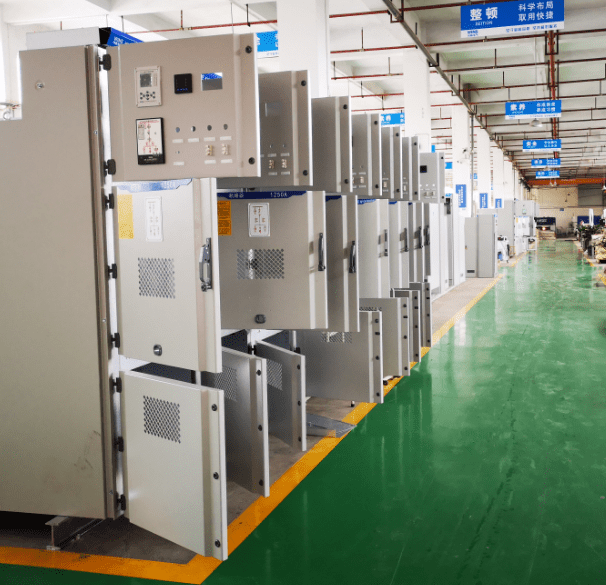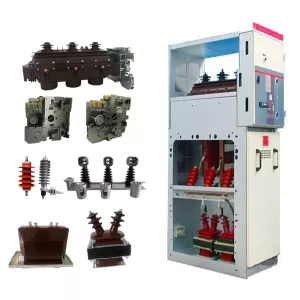Introduction
In the world of electrical circuits, safeguarding against current overflows and system damage is paramount. Electrical switchgear, with its versatile functions and features, emerges as the ideal choice. To make an informed decision about switchgear, it’s essential to grasp its features, Switchgear Components, and applications. In this article, we’ll explore:
- The key components of switchgear.
- Distinctive features of switchgear.
- How to locate a reputable switchgear manufacturer.
What is Switchgear?
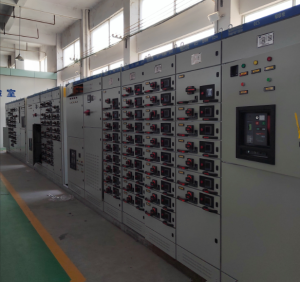
Switchgear is the essential guardian of electrical devices and circuits. It’s a term encompassing a wide range of devices such as HRC fuses, circuit breakers, Switch-Fuse units, Off-Load Isolators, Contactors, GFCIs, ELCBs, Miniature Circuit Breakers, and more. At its core, switchgear comprises a combination of switching components designed to measure, control, regulate, and protect electrical circuits and equipment. It plays a pivotal role in the transmission, distribution, conversion, and management of electrical energy.
Components of Switchgear
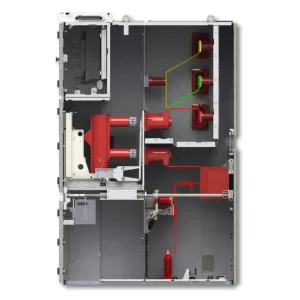
Switchgear can be divided into two primary components: power-conducting systems and protective systems. These components work in harmony to ensure the safety and reliability of electrical systems. The critical elements of each category are as follows:
Power-Conducting Components:
- Switches and Circuit Breakers: These components are responsible for interrupting or allowing the flow of electric current within the system. They serve as the “gatekeepers” of electrical circuits.
- Fuses: Fuses are protective devices that melt when excessive current flows through them, thereby breaking the circuit and preventing damage to downstream components.
- Lightning Arrestors: Lightning arrestors divert excess electrical energy from lightning strikes away from sensitive equipment, preventing damage.
- Insulators: Insulators act as barriers to prevent unwanted electrical contact, ensuring the system operates safely.
Control-System Components:
- Relays: Relays are responsible for monitoring the system and activating protective measures when necessary. They act as “safety sensors” within the switchgear.
- Transformers: Current or potential transformers measure electrical parameters within the system, allowing for precise monitoring and control.
- Control Panels: Control panels provide operators with a user-friendly interface to monitor and manage the switchgear system.
Bus Bars:
Bus bars are conductive metal bars that transport electric current within the switchgear. In external-type switchgear, they connect directly to overhead lines, while in internal-type switchgear, they link to the circuit conductors.
Bushings:
Bushings are insulating devices used when high-voltage current flows through a metal sheet encased in an insulating material. They play a crucial role in maintaining system integrity and safety.
Distinctive Features of Switchgear
For efficient and reliable operation of electrical circuits, switchgear should possess several key features:
- Complete Reliability: Switchgear is the linchpin of electrical circuit safety. It must be highly reliable to establish secure interconnections and enable station development. Detecting, monitoring, and managing faulty sections is paramount for uninterrupted system functionality.
- Rapid Response: Swift operation is a primary requirement of switchgear. It must promptly identify, monitor, and address system faults to prevent harm to equipment like generators, transformers, and isolators. Slow responsiveness can compromise fault detection.
- Manual Control Provision: In cases where automatic and electric control systems fail, manual control becomes crucial. Operators should have comprehensive command to manage the system effectively in case of system failures.
- Fault Discrimination: High-quality high-voltage switchgear should distinguish between faulty and healthy system parts. Isolating faulty sections during an overload ensures the operational integrity of the system. Failure to distinguish faults can compromise the entire electrical system.
How Switchgear Operates
Switchgear incorporates protective and switching devices such as relays, switches, fuses, and circuit breakers. It enables the operation of devices like distributors, transmission lines, generators, and electrical equipment. When a short circuit occurs, leading to a sudden surge in current, switchgear steps in to detect, monitor, and regulate faults, preventing damage and ensuring equipment longevity.
Functions of Switchgear
Switchgear serves multiple vital functions in electrical systems:
- Equipment Protection: It shields equipment from faulty currents and short circuits by disconnecting or controlling the current flow, ensuring equipment safety.
- Isolation: Switchgear isolates faulty sections of the circuit from the power supply, preventing system-wide damage.
- De-Energizing: It de-energizes the system to address faults effectively.
- Current Management: Switchgear regulates and interrupts the flow of current between the load and the source.
- Lifespan Extension: By safeguarding against damage, switchgear contributes to the longevity of transmission lines and cables, reducing the need for frequent maintenance.
- Redundancy: Switchgear offers redundancy by accommodating multiple power sources, enhancing system efficiency and availability.
- Fault Detection: It swiftly detects overload situations and trips the circuit in case of excessive current, preventing damage.
- Control: Switchgear allows operators full control over current flow under normal and abnormal conditions, facilitating immediate circuit opening or closing.
Finding a Professional Switchgear Manufacturer

For those seeking a reliable switchgear company, consider Green Energy Electrical. They conduct rigorous quality checks to ensure compatibility among switchgear components, guaranteeing efficient operation. With highly qualified engineers and a dedicated team, Green Energy Electrical is an ideal choice for switchgear and switchgear component requirements.
Services provided by Green Energy Electrical include:
- Power distribution cabinets
- Solid insulated switchgear
- Air insulated switchgear
- Vacuum circuit breakers
Understanding switchgear components, their features, and functions is crucial for selecting the right commercial switchgear. Whether you require high-voltage or low-voltage switchgear, this knowledge will guide you to the appropriate manufacturer and supplier for your needs.

